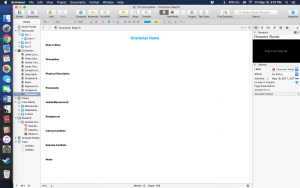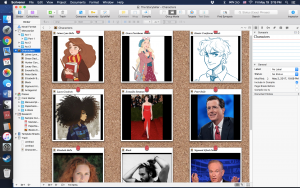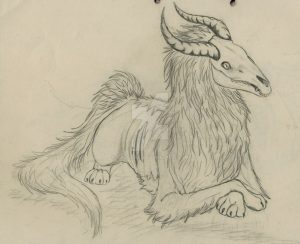Hey y’all!
Ohhhhh Boy am I excited for October! If you’re like me, you like to spend way too much time thinking about your story and your world before you even know what your plot is. The good news is that that’s called outlining and it’s incredibly useful. So take the time this month to plan out your story.
Why now? Well it’s not just that great alliteration of Outlining October. November (the month after October for you gregorian calendar fans) will be WooWriMo, or Wooster Writing Month. This is a “lite” version of NaNoWriMo (or National Novel Writing Month) because we recognize that November is not a good time for y’all to be stressing about a 50,000 word goal. WooWriMo will be just the goal to write everyday, whether that be on one project or multiple or rewrite/editing a document. Remember that WooWriMo is Wooster Writing Month. It’s all about the process, no destination, but having a clear plan can be very useful, so Outlining October.
Our two first Saturdays of October fall during Fall break which is both useful and not at all helpful from a club perspective, but our prompts will be centered around the idea of working on something big for the next to months to facilitate participants in WooWriMo.
Goals/Tips for Outlining October:
- Plan out main characters to the absurd extent. Don’t just use your character sheet as a cheat sheet for their appearance and name. Make your character sheet a chance to deeply explore and get to know what your character is like and what they’re likely to do even if you don’t end up using every detail in your story. Check out Develop Your OC on Tumblr or this post from our Tumblr for absurd questions to really get into that nitty gritty.
- Check out concept art that inspires not just appearance, but the attitude you want in your character. Remember photos can be great, but drawings can also be great for character art. There’s a lot of inspirational character art on our Tumblr, but don’t be afraid to just google some physical descriptions.
- Do some fanfiction. Just because you don’t have your main plot doesn’t mean you can’t write stories about your characters. You probably have some ideas for scenes… write them. Try writing them outside of what they’d do in the actual story, like what if they didn’t have to race to the top of that plot mountain, what would they be doing? Write it, learn some more about your characters and get comfortable writing for them.
- Play connect the dots. If you know what scenes you absolutely need in your story but don’t know what’s in between, then write out those scenes on cards. Figure out what you need to get those scenes to happen and fill in the rest. Don’t be scared if you can’t connect everything, so scenes might not fit, but this is your story, so you can make them fit. Be creative.
- If your story includes a long journey, then plot out a map of their route or what you think it will be. Visualizing the distance might inspire you. Check out this map generator for inspiration.
- Prepare for senses and emotions. Find and emotions chart, like this one, to use as a visual aid when you’re writing descriptions. Try to get specific, like this one, and diversify your list to get a wide range of expressions. Check out this book, which you can by in ebook form for helpful vocab and descriptions of what emotions look/feel like.
- Read some good books in your genre (but not your topic) to get an into the right headspace.
- Remember that your plans can change while you’re writing. Don’t think of your outline as a roadmap, but as a way to prepare details and facts about aspects of your world. Take your time!



Recent Comments